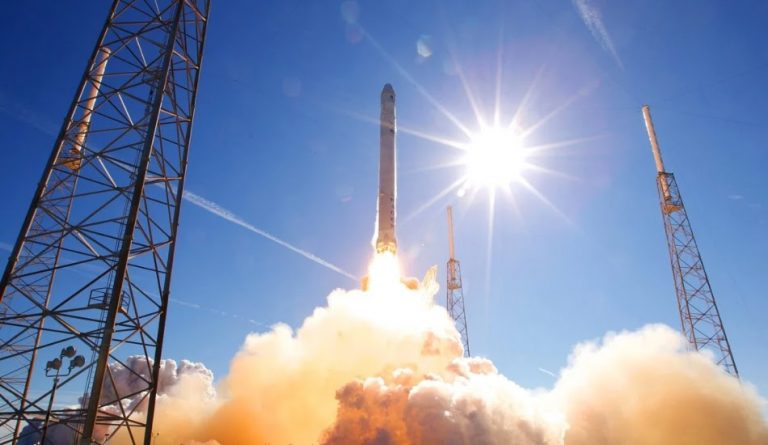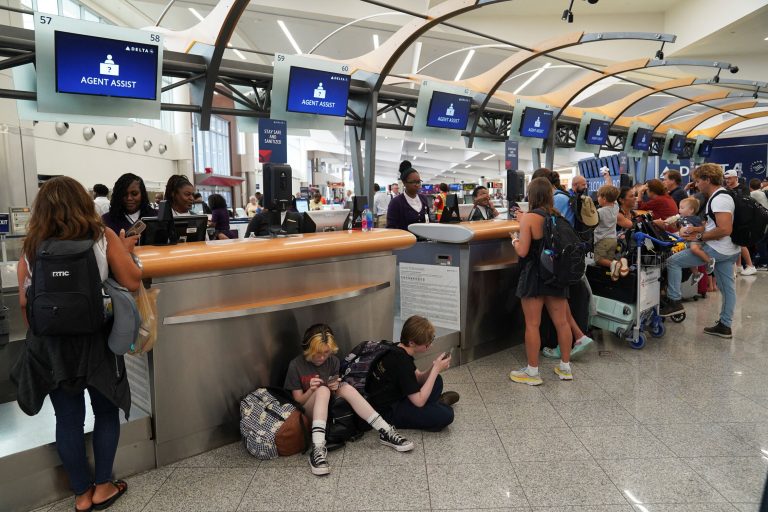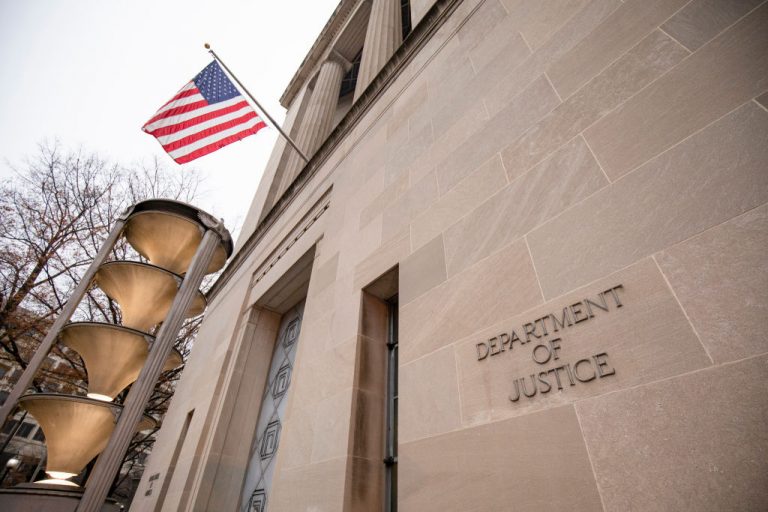SpaceX’s recent launch of the Starship SN9 rocket exploded. It is the second test flight of the prototype; the first SN8 also blew up. During the second attempt, the rocket managed to climb to an altitude of 10 kilometers and then shut off its three engines as it attempted to climb higher. However, it soon lost altitude, fell back, and then exploded. Despite the explosion, SpaceX has called the test flight a success. The company stated that it would continue collecting data to perfect future flights.
The Federal Aviation Administration (FAA), responsible for approving rocket launches, declared that it would investigate the rocket’s failure.
“Although this was an uncrewed test flight, the investigation will identify the root cause of today’s mishap and possible opportunities to further enhance safety as the program develops,” an FAA spokesperson said in a statement.
SpaceX and the FAA have had a tense relationship recently, especially after the company launched SN8 after violating the agency’s launch license. FAA had denied SpaceX’s request to waive public safety limits, but the company launched the rocket anyway. This resulted in an FAA investigation, delaying the launch of SN9.
The SN9 explosion sprayed debris onto the SN10 prepared for the company’s next test flight. SpaceX engineer John Insprucker said that they need to focus on the landing “a little bit.” He reaffirmed that they have received a lot of good data and are happy with how the primary objective aimed at demonstrating control of the vehicle during its subsonic re-entry turned out.

Success
You are now signed up for our newsletter
Success
Check your email to complete sign up
The final Starship that will be developed after all these tests will be made of a Super Heavy first-stage rocket that will be 230 feet tall and generate almost 16 million pounds of thrust. SpaceX has yet to complete the development of the first-stage prototype. The second stage rocket will be 160 feet long and capable of carrying up to 100 tons of payload to the low-Earth orbit.
SpaceX has planned for three versions of Starship. The first will carry payloads to Earth’s orbit, the Moon, and eventually Mars. The second will be designed to carry propellants that can be used for orbital refueling.
The final Starship is envisioned to carry at least 100 human passengers into space
Private exploration of space and the previous administration’s initiatives have triggered a reawakening of space travel enthusiasm. Gen. John Raymond, the US Space Force’s chief of operations, recently expressed his excitement at the prospects of SpaceX.
In an interview with CNBC, the general noted that the company had triggered a renewed interest in space among Americans.
“There is a ton of excitement across America on space in all sectors… I’ve talked about people knocking on our door wanting to come into the Space Force in numbers greater than what we have slots to fill. I’ve talked in the past about how universities are seeing more students apply for space STEM degrees, which I think is going to be great for our nation… I’m excited about all of it, both what we’re doing here on national security and what’s going on in the commercial industry that we can leverage the advantage,” he said in the interview.
Follow us on Twitter or subscribe to our email list







